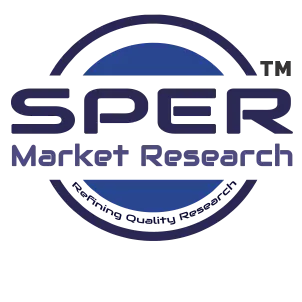Drug Delivery Devices are medical tools designed to administer medications safely, accurately, and efficiently to patients. They enable precise dosing, controlled release, and targeted delivery, which enhance treatment effectiveness while reducing side effects. These devices include inhalers, auto-injectors, prefilled syringes, transdermal patches, infusion pumps, and wearable drug delivery systems. Advanced models often feature smart technology, connectivity, and monitoring capabilities to track usage and ensure compliance. By supporting self-administration and non-invasive methods, drug delivery devices improve patient convenience, adherence, and overall healthcare outcomes. They play a vital role in managing chronic diseases, personalized therapies, and modern healthcare delivery.
Drivers:
The Global Drug Delivery Devices Market is expanding due to the rising incidence of chronic diseases including diabetes, cancer, and cardiovascular disorders, which require precise and consistent medication administration. Increased patient preference for self-administered and non-invasive treatments is encouraging the adoption of devices such as inhalers, auto-injectors, and transdermal patches. Continuous innovation in device technology, including smart and connected systems, improves dosing accuracy, patient compliance, and overall treatment efficiency. Moreover, the growing focus on personalized medicine, supportive government regulations, and expanding home healthcare services are driving demand. The combination of technological advancement and patient-centric approaches is shaping the market’s steady growth worldwide.
Challenges:
The Global Drug Delivery Devices Market faces several challenges that could impact its growth. Ensuring patient safety and device reliability remains critical, as malfunctions or dosing errors can lead to serious health risks. Complex regulatory pathways and varying international standards create hurdles for manufacturers seeking global approval. High production and maintenance costs, especially for advanced and smart devices, limit affordability and accessibility in certain regions. Additionally, integrating new technologies with existing healthcare systems can be difficult, requiring extensive training for both patients and healthcare professionals. Market competition is intensifying, pushing companies to continuously innovate while managing operational and financial pressures.
Market Trends:
The Global Drug Delivery Devices Market is trending toward smart and connected devices, including digital injectors and wearable systems, enabling real-time monitoring and improved patient adherence. Minimally invasive and needle-free technologies are gaining popularity for enhanced patient comfort. There is growing adoption of combination products that integrate drugs with delivery systems, particularly in biologics and specialty therapies. Personalized and targeted drug delivery approaches are expanding, supported by advances in biotechnology. Sustainability is also influencing trends, with manufacturers developing eco-friendly and reusable devices. Additionally, emerging markets are witnessing increasing adoption due to improving healthcare infrastructure and rising awareness of advanced drug delivery solutions.
Global Drug Delivery Devices Market Key Players:
Abbott, Becton, Dickinson and Company, Boston Scientific Corporation, Gerresheimer AG, Medtronic, Novartis AG, Stryker, Terumo Medical Corporation, Teleflex Incorporated, W. L. Gore & Associates, Inc. are just a few of the major market players that are thoroughly examined in this market study along with revenue analysis, market segments, and competitive landscape data.
Global Drug Delivery Devices Market Segmentation:
By Product: Based on the Product, Global Drug Delivery Devices Market is segmented as; Inhalers, Injection Devices, Implants, Topical Delivery System, Oral Delivery System, Occular Delivery System, Nebulizers, Transdermal Patches, Infusion Pumps.
By Application: Based on the Application, Global Drug Delivery Devices Market is segmented as; Oncology, Infectious Diseases, Respiratory Diseases, Diabetes, Cardiovascular Diseases, Autoimmune Diseases, Central Nervous System Disorders, Others.
By End Use: Based on the End Use, Global Drug Delivery Devices Market is segmented as; Hospitals, Diagnostic Centers, Ambulatory Surgery Centers/Clinics, Home Care Settings, Others.
By Region: This research also includes data for North America, Latin America, Asia-Pacific, Europe, Middle East & Africa.
This study also encompasses various drivers and restraining factors of this market for the forecast period. Various growth opportunities are also discussed in the report.






















